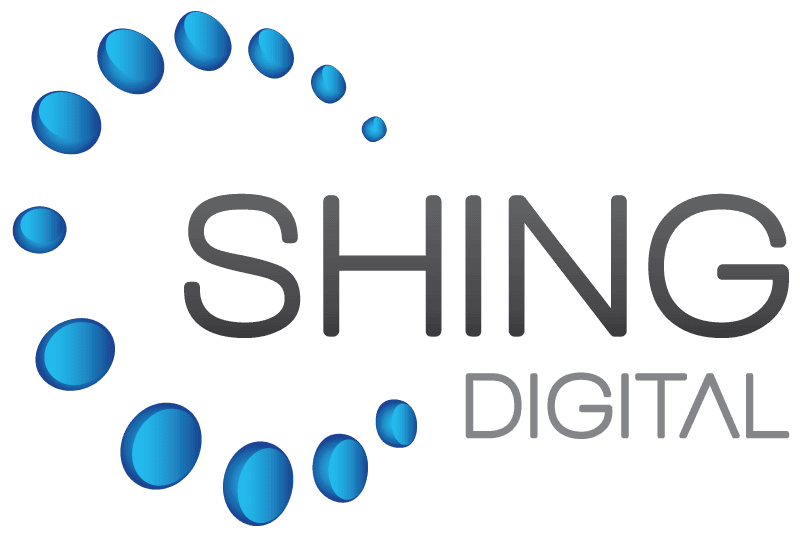It’s the most wonderful time of the year… Cybersecurity month! Now is the perfect opportunity to reinforce best practices and test your team’s readiness. Cybersecurity can be complex, but building a strong foundation is the best and easiest way to start.
Let’s go back to the basics.
Strong Passwords: Your First Line of Defense
A strong password is the easiest and most effective security feature you can implement. A strong password consists of…
- 12-16 characters (MINIMUM)
- A mix of uppercase/lowercase letters, numbers, and symbols
- Unique across all accounts.
Do not use the same password on all your accounts, as if one password is compromised, attackers could access everything.
Pro Tip: Use a Password Manager
Password managers securely store your credentials and generate strong passwords for new accounts.
Multifactor Authentication (MFA)
I’m sure everyone has been minorly inconvenienced by MFA at some point in their lives. Despite being a slight annoyance, MFA is a major security win. It adds a second layer of protection beyond your password, which could look like:
- A fingerprint or facial recognition.
- A code sent to your device.
- An authentication application.
If an attacker guesses your strong password, MFA will keep them out.
Software Updates: Don’t Delay
How many times have you clicked “remind me later” on a software update? If you have, you’re not alone. This can be risky, as updates fix bugs, patch vulnerabilities, and improve security. Delaying an update can leave your system exposed and make it much easier for attackers to access your systems.
Backups: Your Safety Net
Backing up your data ensures that you have a clean copy in case of a loss or an attack. Backups can help you recover quickly in case of a compromised system.
Antivirus and Endpoint Protection
A layered defense is key to having a secure environment. Antivirus software detects and removes known threats, whereas endpoint protection goes even further, defending against unknown risks and securing all connected devices. Together, they provide malware detection, real-time protection, and network wide security.
Email Security: Train, Test, Protect
Email is one of the top targets for cybercriminals. It is easy to exploit and often relies on human error. Some best practices for email security include:
- Educating employees on phishing and suspicious links.
- Add Multifactor Authentication to all email accounts.
- Run internal security tests.
There are so many tools that you can add to your cybersecurity toolkit, but don’t be overwhelmed. Starting with the basics gives you a great foundation to build upon and allows you to learn as you go through each process. Lean on your MSP and security professionals to guide your strategy and start becoming more secure today.







